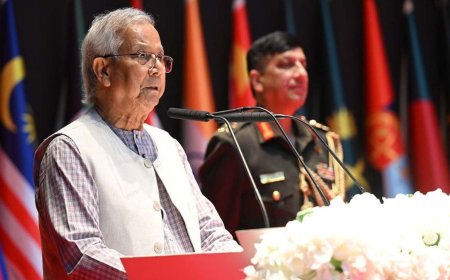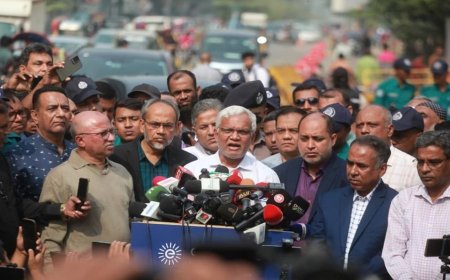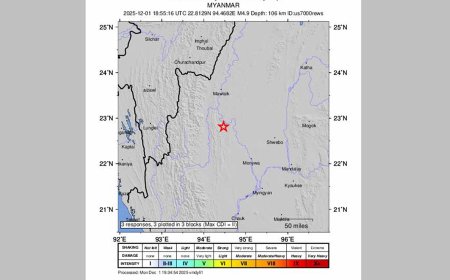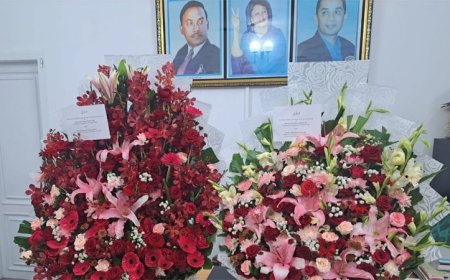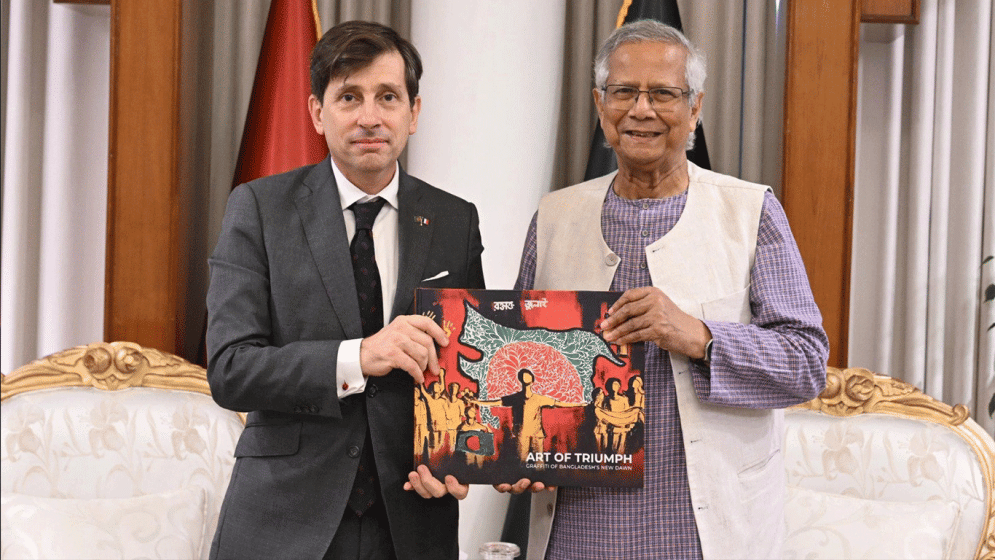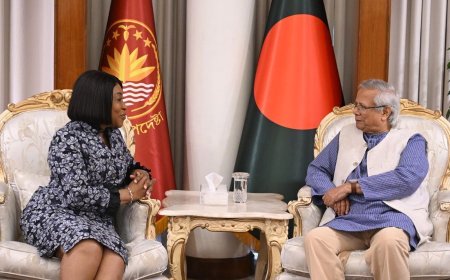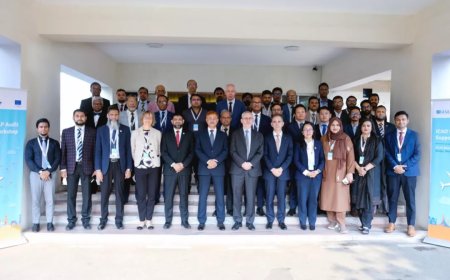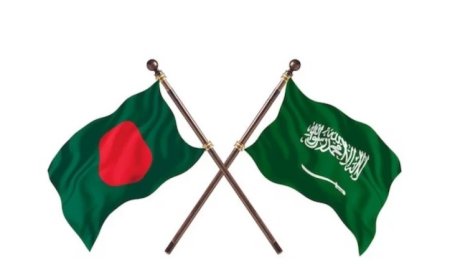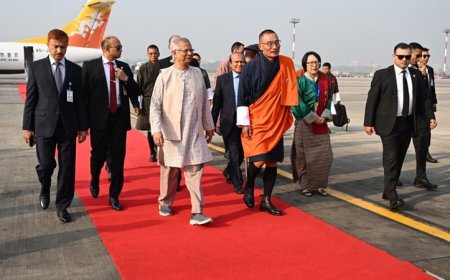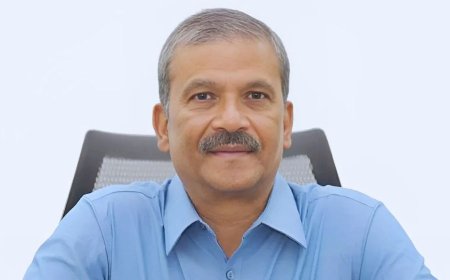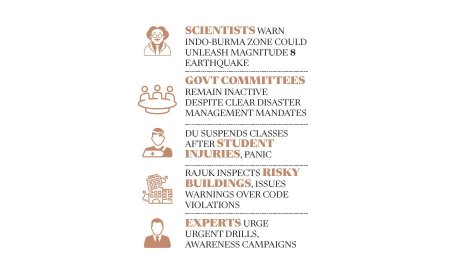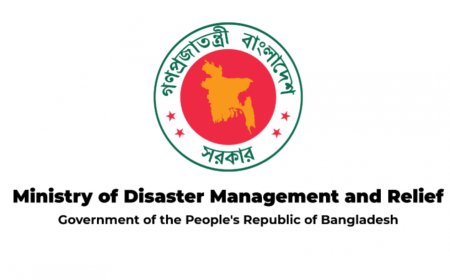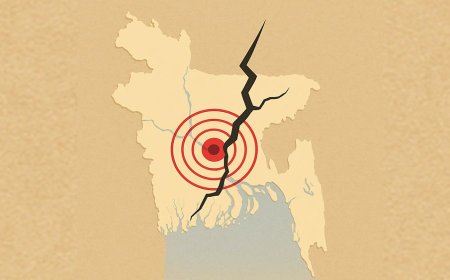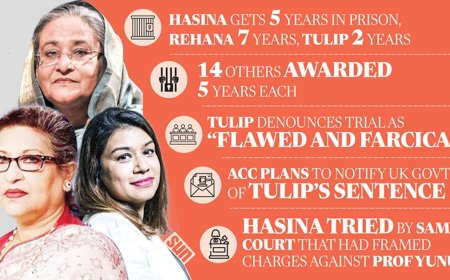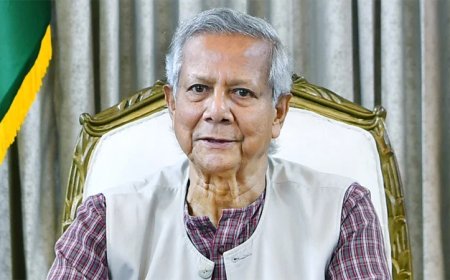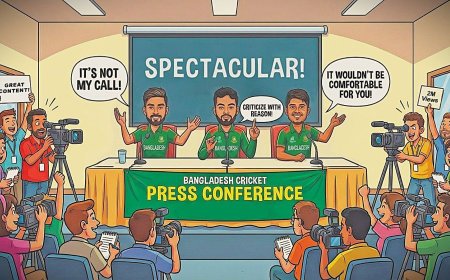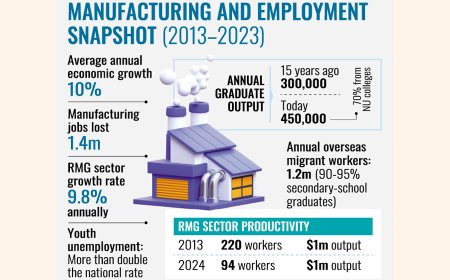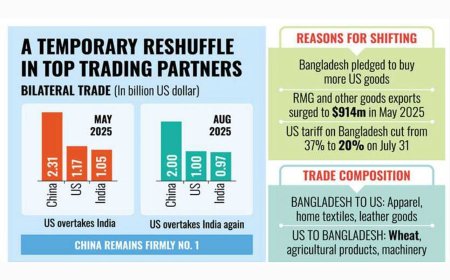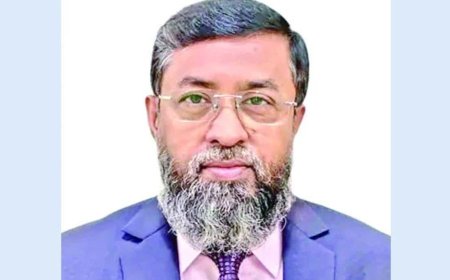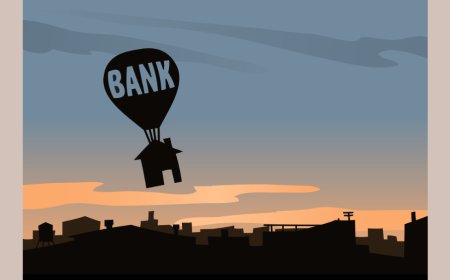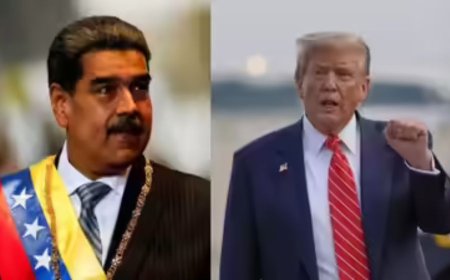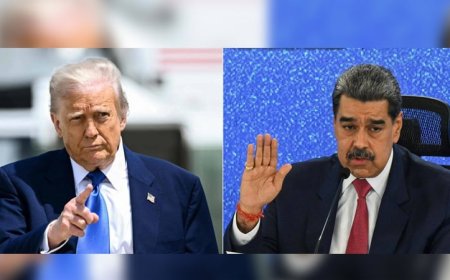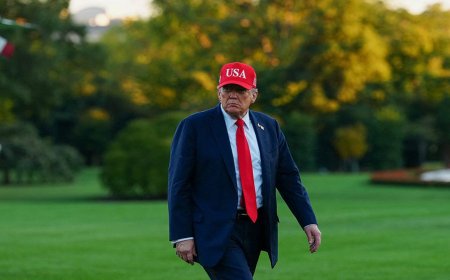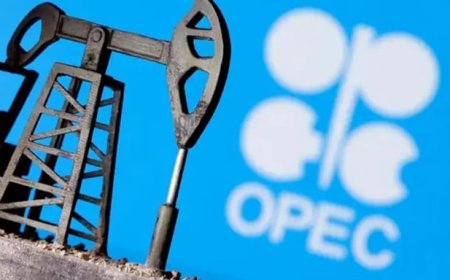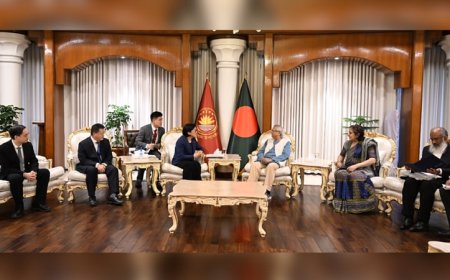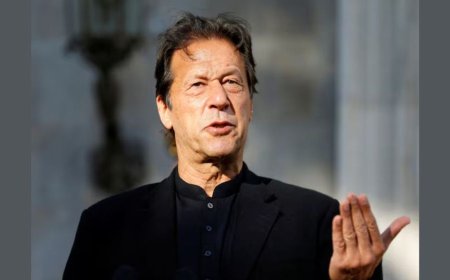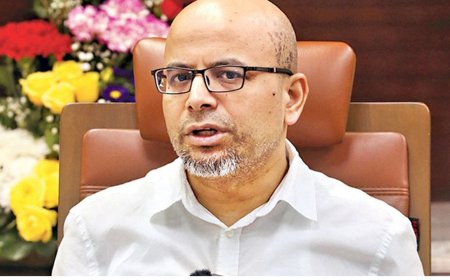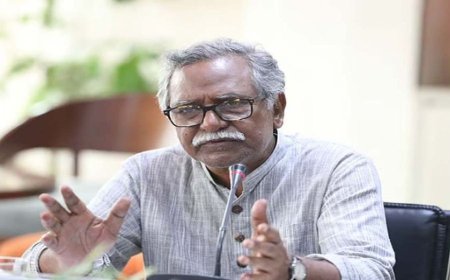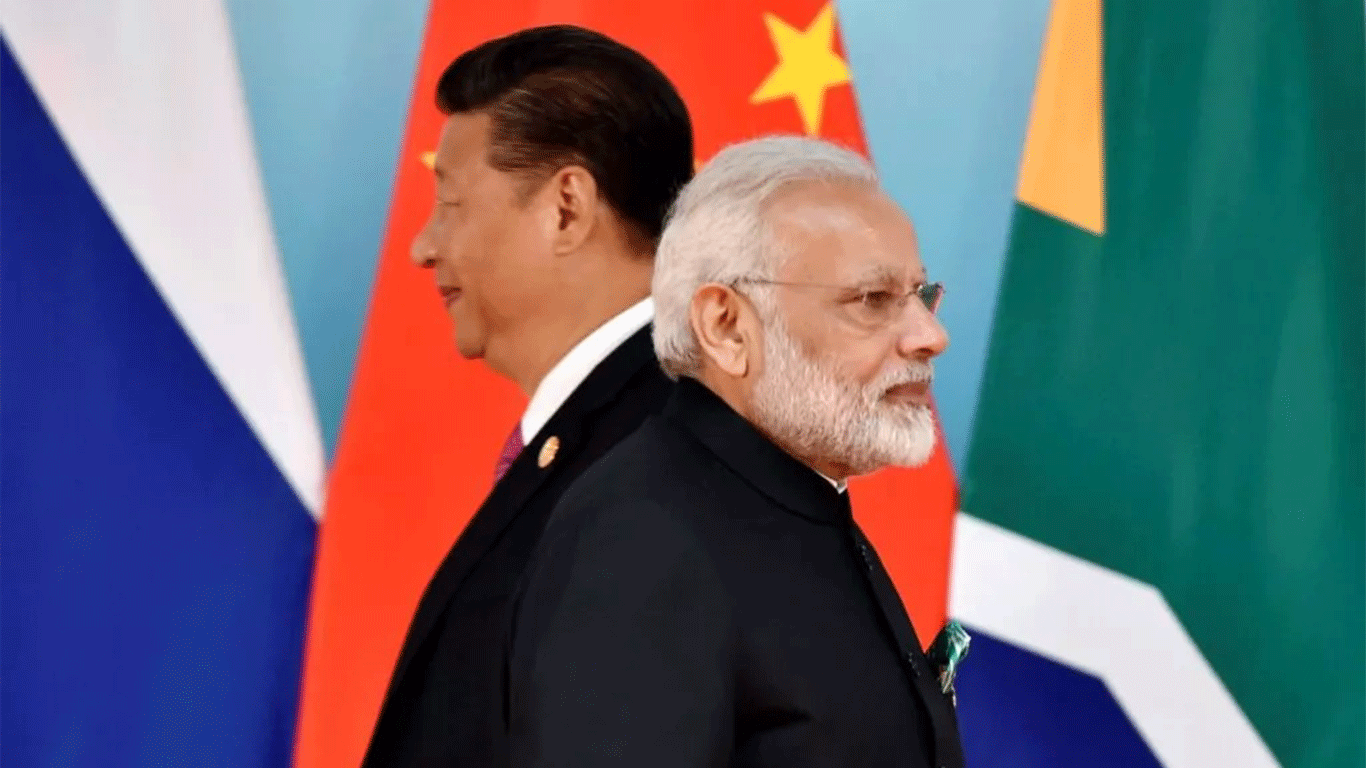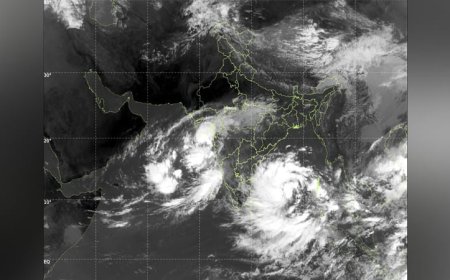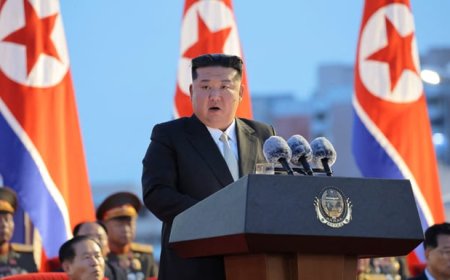Swift talks urged as looming US tariff hike risks export advantage
Trump sends letter to Chief Adviser Yunus announcing 35% tariff on Bangladeshi goods

Urgent Talks Needed as US Prepares to Impose 35% Tariff on Bangladeshi Exports
As the United States prepares to enforce a steep 35% tariff on Bangladeshi goods starting 1 August 2025, trade experts and business leaders are calling on Dhaka to launch immediate and strategic negotiations to avoid potentially severe consequences for the country’s export-driven economy—particularly its crucial ready-made garments (RMG) sector.
Economists warn that without swift, skilled diplomacy, the punitive measure could severely undermine Bangladesh’s competitiveness in its largest export market, put hundreds of thousands of jobs at risk, and derail its already delicate post-LDC graduation progress.
The US move follows Bangladesh’s failure to finalise a tariff agreement by the 9 July deadline. Although Washington has extended a 20-day window for further dialogue, experts caution that this final opportunity must be seized wisely.
Dr Selim Raihan, Executive Director of the South Asian Network on Economic Modeling (SANEM), described the tariff as a serious economic blow arising from a unilateral US decision.
“The RMG sector will be hit hardest,” he warned. “We previously paid around 15% in duties—this will more than double. That pricing disadvantage will make it difficult for our key exports to stay competitive in the US market.”
He stressed the need for swift, strategic, and multi-dimensional action. “In today’s fast-changing global trade landscape, any delay will deepen our vulnerabilities and limit our future opportunities.”
Dr Mahfuz Kabir, Research Director at the Bangladesh Institute of International and Strategic Studies (BIISS), echoed those concerns. “We’ve taken no concrete steps in the past three months to reduce tariffs. While the US left the door open for talks, our proposals—such as increasing US imports or easing non-tariff barriers—failed to impress. That’s why we received only a modest 2% concession.”
“The US has now given us a final 20-day window. We must make the most of it,” he said. “Unfortunately, negotiation has never been our strong suit. Had we acted more seriously when the US signaled its intentions, we might have avoided this situation altogether.”
Speaking to the Daily Sun, former FBCCI Vice President Abul Kasem Haider said the tariff hike—from 15% to 35%—will inevitably affect US buyers.
“The higher duties will discourage purchases, which in turn will hit our exports,” he said. He also criticised Bangladesh’s rush to graduate from LDC status, claiming earlier governments relied on flawed data that set unrealistic timelines.
“We need more time to prepare for this transition. Otherwise, we’ll continue to face such shocks,” he cautioned.
Kasem also called for urgent market diversification. “This US tariff doesn’t apply to other export destinations. Bangladeshi exporters must now actively explore new markets to avoid being repeatedly blindsided.”
He added that political legitimacy is essential for economic stability. “An elected government is critical to attracting foreign direct investment (FDI), supporting industrial growth, and generating employment.”
Syed Ershad Ahmed, President of the American Chamber of Commerce in Bangladesh (AmCham), clarified that the US President’s letter to Chief Adviser Dr Muhammad Yunus is not a final verdict.
“There’s still room for dialogue. The letter states the 35% tariff will take effect from 1 August 2025—so there’s time. Everything hinges on how effectively we negotiate,” he told the Daily Sun.
Ahmed emphasised the need for technical expertise in upcoming discussions, pointing to issues like non-tariff barriers, labour conditions, and intellectual property.
“Negotiation skills are critical. A coordinated proposal—perhaps with input from AmCham, FICCI, and BGMEA—should have been prepared for US meetings. I’m not aware if that’s being done, though I attended some earlier discussions in Dhaka.”
Mahmud Hasan Khan, President of the Bangladesh Garment Manufacturers and Exporters Association (BGMEA), admitted the new tariff poses a grave threat to the garment industry.
“We were expecting a tariff rate between 10% and 20%. We hoped Chief Adviser Yunus would raise this matter with the US,” he said.
Former BGMEA Director Mohiuddin Rubel called the tariff move “arbitrary and regrettable,” raising alarms about potential job losses and export declines.
“The US is our top export destination. We must act fast—engage importers, resume high-level trade talks, and demonstrate the value of our products—to push for policy reconsideration,” Rubel urged.
The 35% tariff announcement follows an earlier declaration on 2 April, when the US announced increased duties on over 100 countries, including an additional 37% on Bangladeshi goods. The new tariff, unveiled on Monday, comes after a three-month grace period expired. Bangladesh’s average tariff rate had previously stood at 15%.
In a bid to address the US trade deficit and lay the groundwork for dialogue, Bangladesh’s latest national budget included tariff exemptions on 626 products—110 of which now face zero duty. The government also expressed willingness to increase US imports.
Commerce Secretary Mahbubur Rahman said, “We expect to meet with the US side on 10 or 11 July. The commerce adviser and I will attend. We only received the tariff notice this morning, so we’ll consult stakeholders before determining our next steps.”
He noted that the tariff proposal surfaced even as Bangladesh was actively pursuing a resolution.
Over the past three months, Bangladesh has held 26 rounds of discussions—both virtual and in-person—with US officials.
“Despite our strong performance in the US market and consistent engagement, we’ve yet to see a breakthrough,” Rahman previously told the Daily Sun. “We remain hopeful—but the final decision lies with the US government.”
What's Your Reaction?








